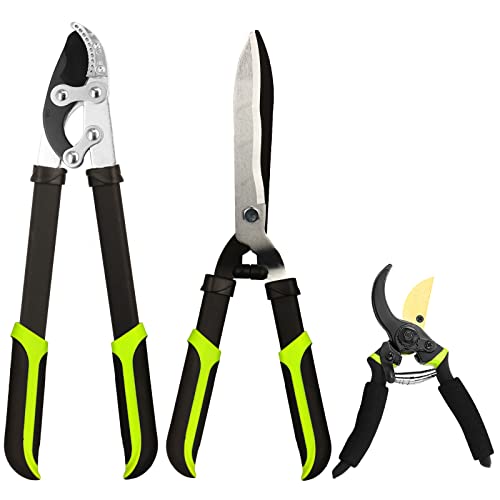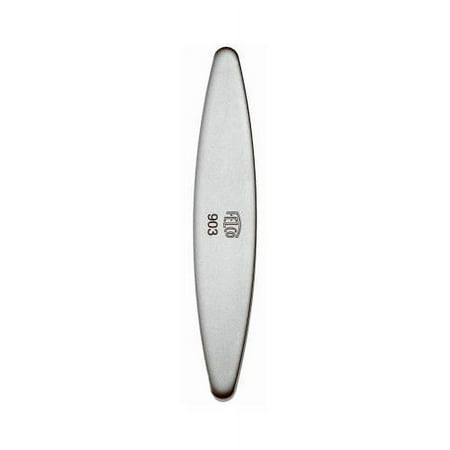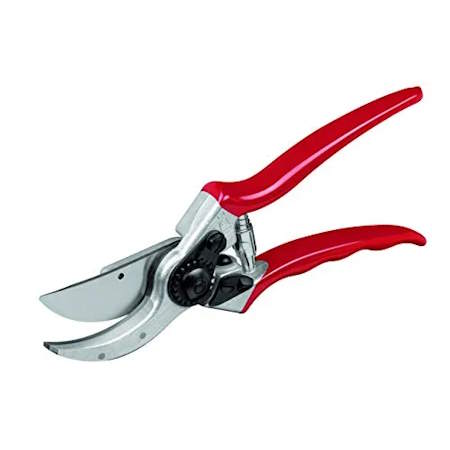6 plants to prune in spring – cut back these shrubs and perennials at the right time in 2025 for brilliant borders this year
As spring arrives, it is time to dust off the pruning shears and head outside
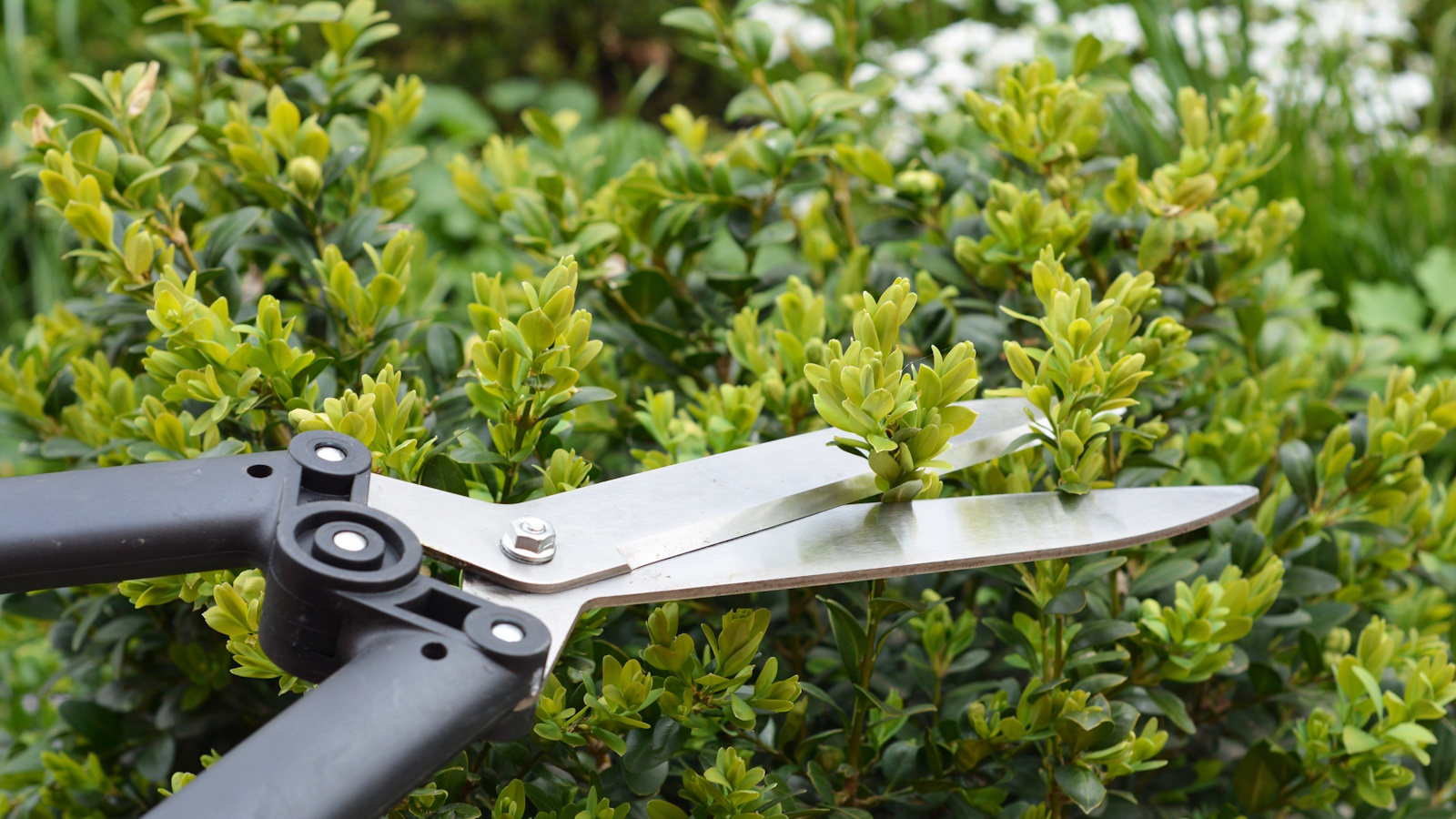

Spring is the perfect time to roll up your sleeves and get to work in the yard. With longer days and rising temperatures, plants surge into life. As a former horticulturist, I always relish this seasonal shift, watching leaves unfurl and bulbs bloom after months of cold and dark winter weather.
Dusting off your tools and giving your garden a much-needed tidy is not just satisfying, however, it is essential for plant health. Yet while you might be anxious to get chopping, not everything in your yard should be pruned at this time of year. Knowing what to trim and what not to prune in spring is crucial. After all, you wouldn’t want to accidentally snip a lilac or forsythia just before its show-stopping display, would you?
So, before you reach for the pruning shears, take a moment to plan your yardwork for the season. Some plants thrive with a spring cutback, while others are best left until later in the year. Here, I examine six groups of plants that should be on your to-do list this season and reveal some of the tools that will help me with my gardening tasks in 2025.
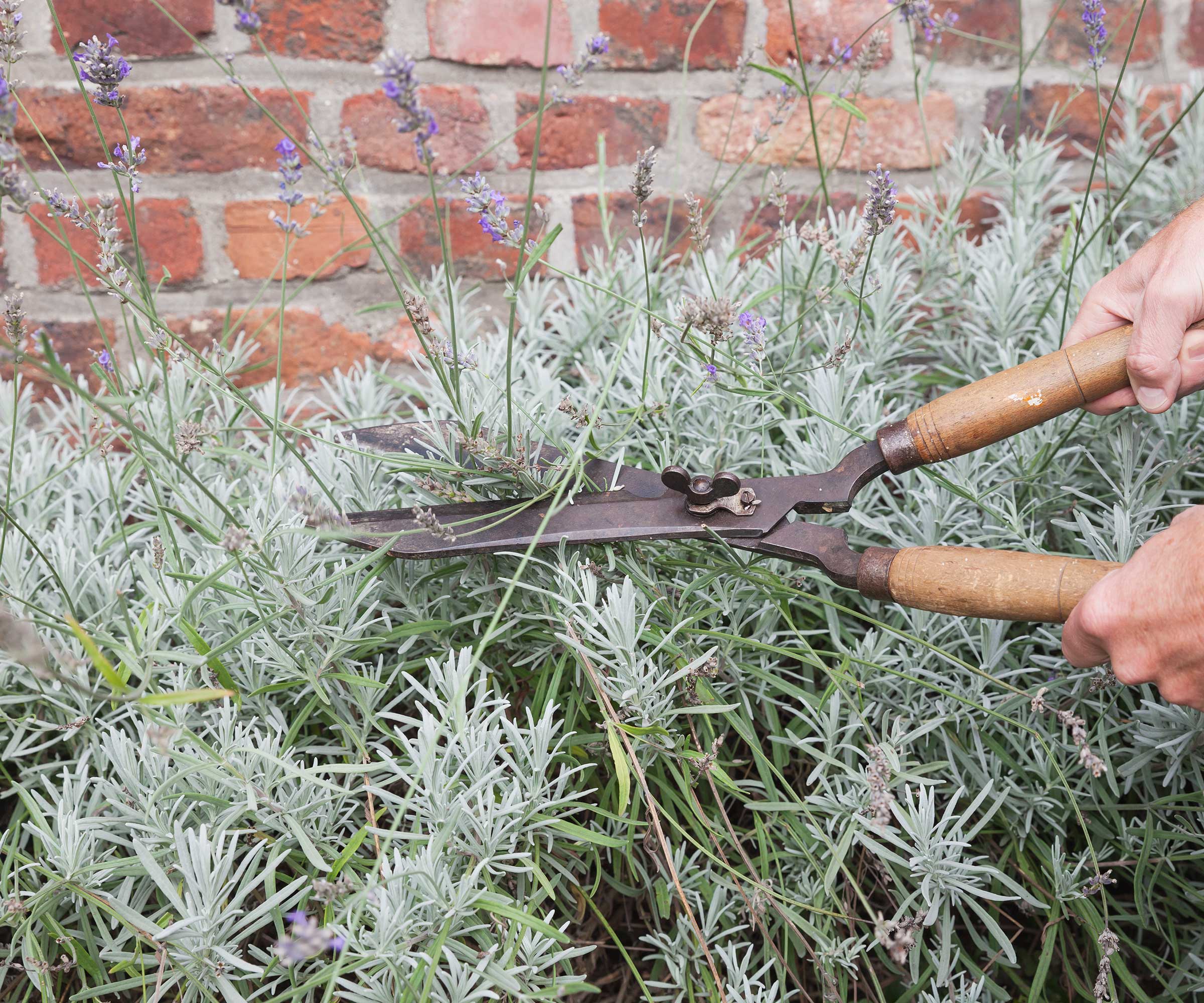
6 plants to prune in spring
Before you begin pruning, it is a good idea to learn how to clean garden tools. With warm, soapy water, give your pruning shears and secateurs a thorough rinse. Following this, sharpen the steel blades and oil any wooden handles, which will help to make pruning far easier and increase the longevity of your favorite tools.
Spending a small amount of time cleaning and sharpening will help to avoid any pruning mistakes, such as jagged cuts which invite pests and diseases. Once you are ready, here are six plants to prune in spring with your clean, sharp tools.
1. Winter-flowering shrubs

Many winter-flowering shrubs benefit from pruning just after their flowers fade for the year. Good examples of winter-flowering shrubs to prune in spring include mahonia, witch hazel and camellias.
Cutting these shrubs back after flowering gives plenty of time for growth to develop over spring and summer, and this new growth will carry next year’s flowers.
Design expertise in your inbox – from inspiring decorating ideas and beautiful celebrity homes to practical gardening advice and shopping round-ups.
While the exact timing will depend on your climate and US hardiness zone, most winter-flowering shrubs will have finished blooming by March and April, although, in colder regions, some witch hazels and mahonia plants can keep blooming until May. You will know when the time is right simply by monitoring the plants and waiting for the final flower to fall.
Start by removing dead, diseased and damaged stems. For thicker branches, this will be easier using a sharp pruning saw, cutting down to a healthy joint. Try this Fiskars pruning saw, available from Amazon, which is foldable for easy and safe transportation and storage.
Only remove a small amount of growth each year, to keep shrubs and trees in neat and compact form, although for slower growers, such as witch hazel plants, you should not need to prune a significant amount, if at all.
2. Summer-flowering shrubs

Shrubs that bloom in summer typically flower on new season growth, meaning they can be pruned in early spring - usually around March or April - without affecting this year’s blooms.
Summer-flowering shrubs that should be trimmed in spring include butterfly bush, hardy fuchsias, spirea, Russian sage, hibiscus, and crepe myrtle. Vigorous growers like the butterfly bush and hibiscus benefit from pruning at this time, to keep their habit compact, so adding these to your list of plants to prune in March is important.
Pruning in spring, just before the shrub is set to start actively growing again, gives the plant lots of time to develop strong and healthy new growth. While it might feel cruel to remove lots of greenery, your plants will quickly recover and produce plenty of new growth as spring rolls on.
When pruning, it can help to have a strong garden waste sack, like this 48-gallon model available from QVC, which can be used for collecting garden clippings. Once finished, you can empty the contents on your compost heap.
3. Tender shrubs
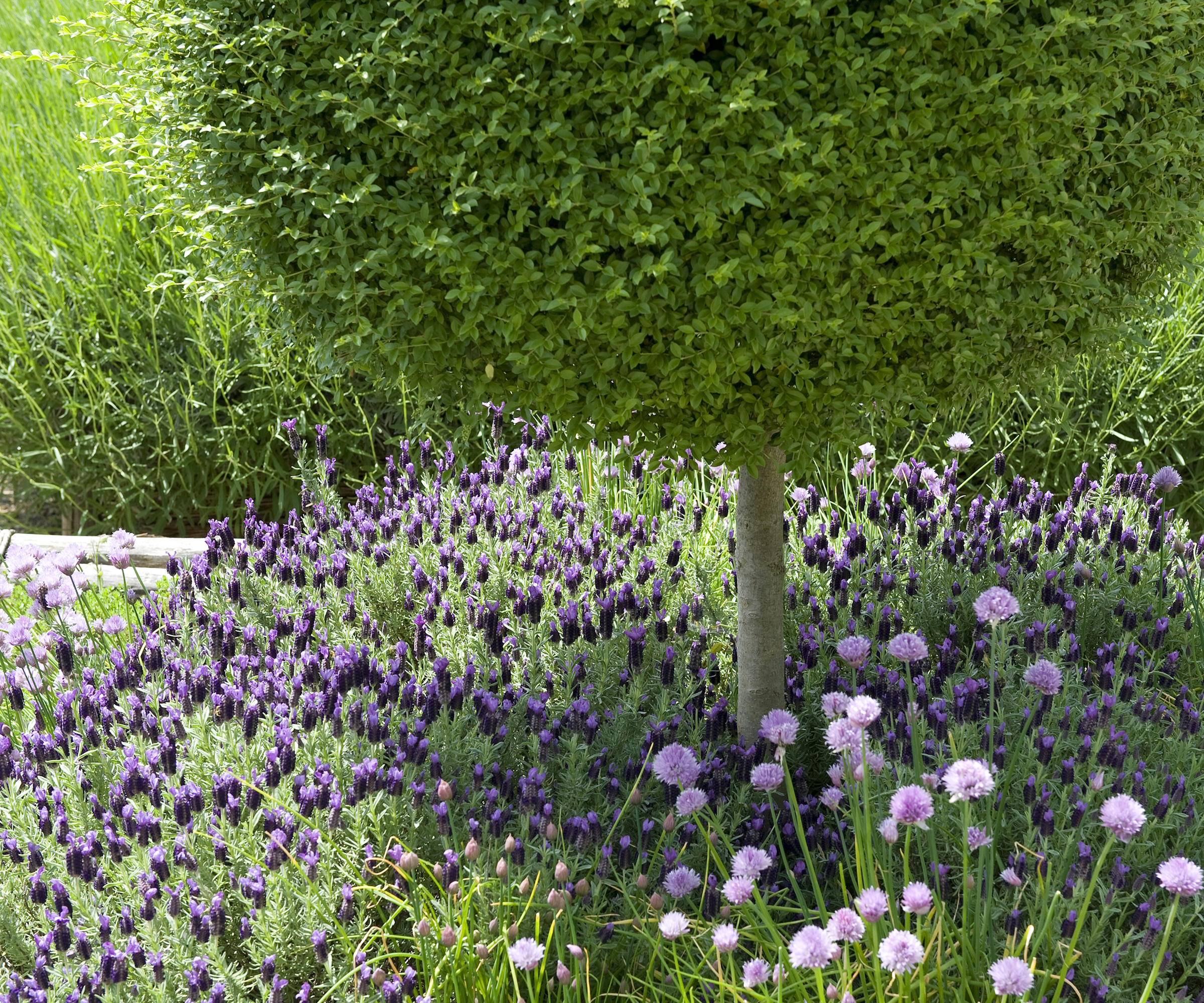
Some tender shrubs, including Mediterranean herbs, benefit from a light prune in spring to encourage bushier growth and prevent them from becoming too woody or straggly. While they remain fragrant, woody lavender plants do not have quite the same appeal as bushy, compact aromatic herbs, so timely pruning is important.
Once the frosts finish and the milder temperatures of spring arrive, tender shrubs including cistus, lavender, rosemary, myrtle and santolina, will benefit from a little attention. In cool regions, including US hardiness zone 5, I would caution gardeners to wait until later in spring to do this, as a late cold snap or frost could spell danger for recently pruned tender shrubs.
4. Herbaceous perennials left over winter

Many gardeners leave perennials standing through winter to provide shelter for wildlife and add structural interest to the garden. The leaves, stems and dried seedheads can provide habitat and food to many insects and birds as part of a wildlife garden, and they also look impressive in the winter sunshine.
Herbaceous perennials, including asters, black-eyed Susans, hardy geraniums and penstemons can be left over winter, although by early spring, it is time to clear away old stems to make way for new growth.
For example, the native blazing star, or Liatris, can be left over winter to add impact and interest to the garden. However, by March, it is time to prune blazing star, ready for new basal shoots to appear as the mercury rises. Adding perennial pruning to your spring gardening checklist is therefore important.
If you are keen to invest in some new Japanese gardening tools this year, have you considered a pruning sickle? Many years ago, when working in rural Wales, I was shown how to use sickles when cutting back perennials in early spring. With a sharp, often curved, blade, you can easily slice through stems, rapidly speeding up the cutting back process. Try this KEANN garden sickle, available from Amazon.
5. Deciduous grasses
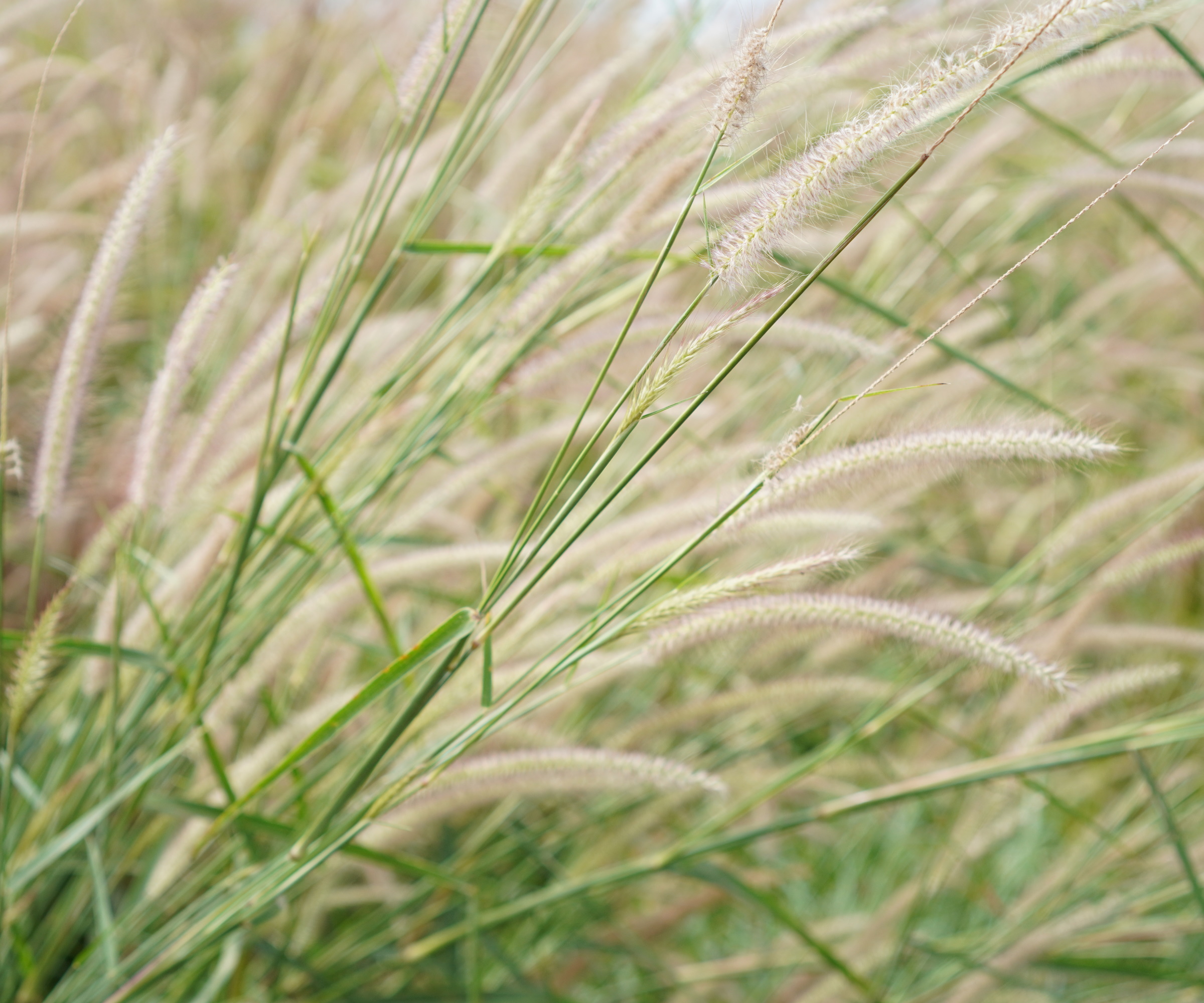
Deciduous ornamental grasses should be left over winter to provide interest even during those cold and dark December and January days. Some of the best native grasses, including little bluestem, or Schizachyrium scoparium, and California fescue, or Festuca californica, should be left to stand, especially as the seed heads are beneficial to wildlife.
Come spring, however, they need to be cut back to allow fresh growth to emerge unobstructed. You want to do this after the risk of frosts, but before the new shoots start to emerge from the base. Simply gather the stems together and cut them down to around 6 to 12 inches from the base.
Once you have completed your grass pruning, it is a good idea to mulch around the base of your ornamental grasses to give them a boost for the growing season ahead. Any mulch will do and will improve water retention during the warm summer months. Try this pine bark mulch, available from Walmart.
6. Shrubs with colorful winter stems
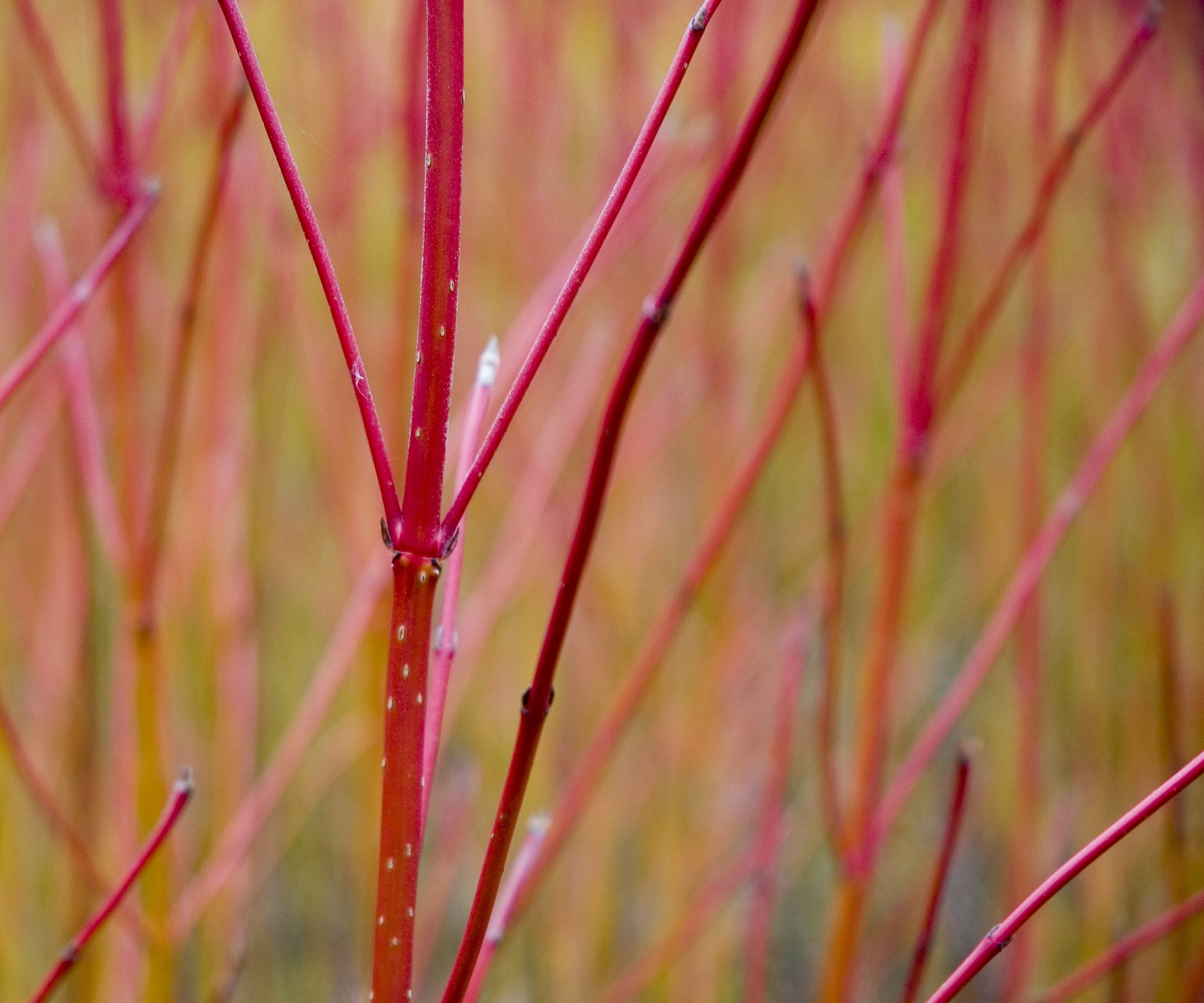
If you grow shrubs prized for their colorful winter stems, like dogwoods and willows, early spring is the time to prune. These plants develop their brightest color on new growth, so cutting them back each year encourages the most striking display. Pruning times will depend on where you live, but usually, February or March is a good time to do this.
When learning how to prune red twig dogwoods, follow the one-third pruning rule, removing no more than 30% of the oldest stems, and cutting down to the base of the plant. This will encourage new shoots to emerge during the growing season. Willows can be cut back even harder, and some gardeners opt for coppicing, which involves cutting all growth back to near ground level every spring.
If you are pruning basal growth or coppicing, it is worth investing in an extra thick gardening kneeler, available from Walmart, which will make the job significantly more comfortable on your knees.
FAQs
Should you prune roses in spring?
Yes, some rose species are plants to prune in spring, although this does not apply to all varieties, so it is best to do your research before chopping to avoid making any rose pruning mistakes. Shrub or bush roses can be cut back in spring, while rambling roses should be trimmed in summer, and climbing roses are typically pruned in winter. Before rushing outdoors in spring, check what rose varieties you grow and read up on the correct pruning approach.
When preparing a garden for spring, cutting back and pruning can help to make way for fresh new growth. You might also be planning on adding new species to your borders, and spring is the perfect time to get sowing and planting, while the soil is moist and mild. For more information, check out our list of what to plant in March, for some unusual and new varieties to grow this year.

Thomas is a Content Editor within the Gardens Team at Homes and Gardens. He has worked as a professional gardener for both public spaces and private estates, specializing in productive gardening, growing food and flowers. Trained in Horticulture at the Garden Museum, he has written on gardening and garden history for various publications, including The English Garden, Gardens Illustrated, Hortus, The London Gardener and Bloom. He has co-authored a Lonely Planet travel book, The Tree Atlas, due out in 2024.
